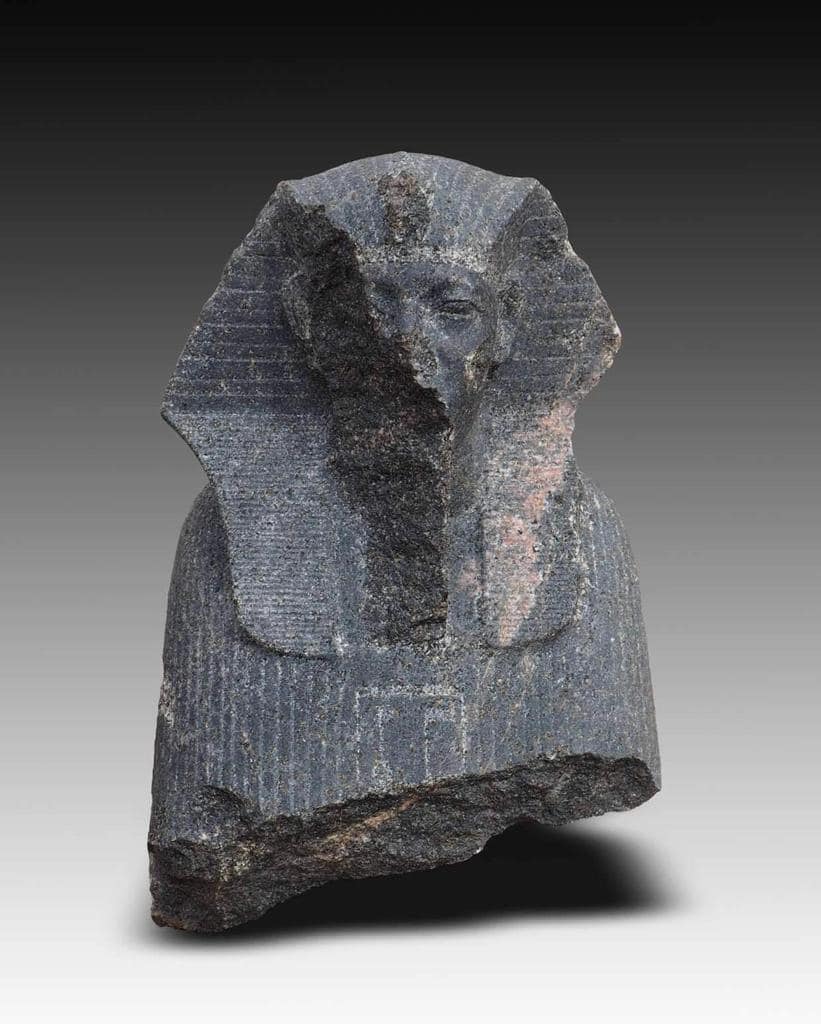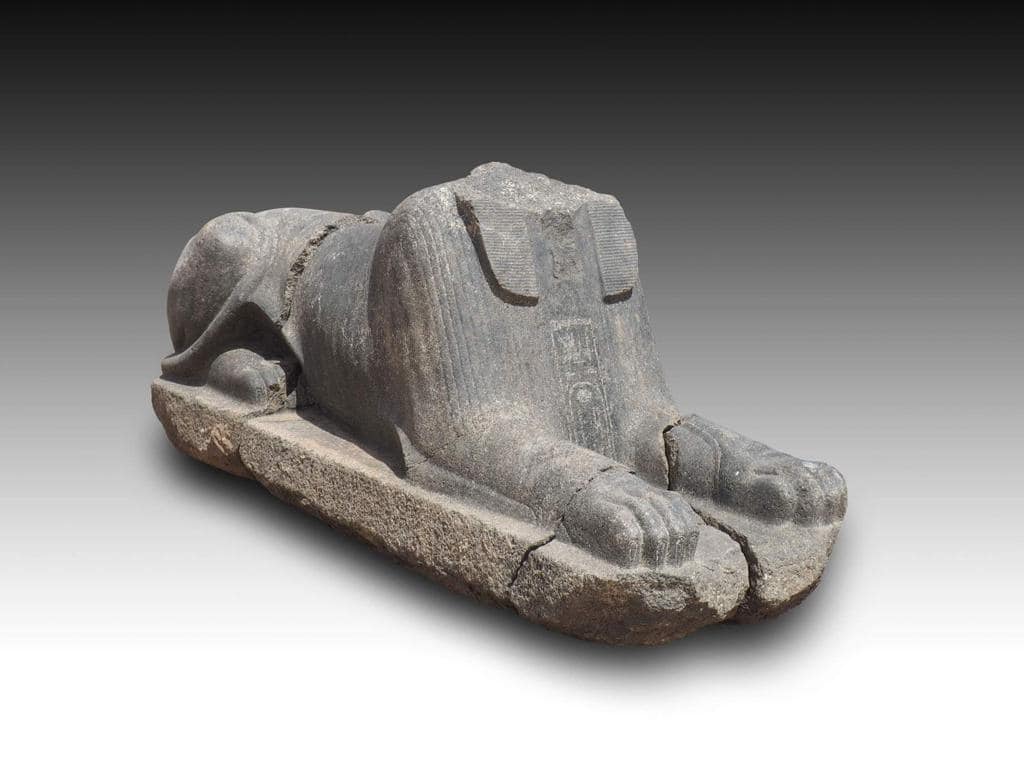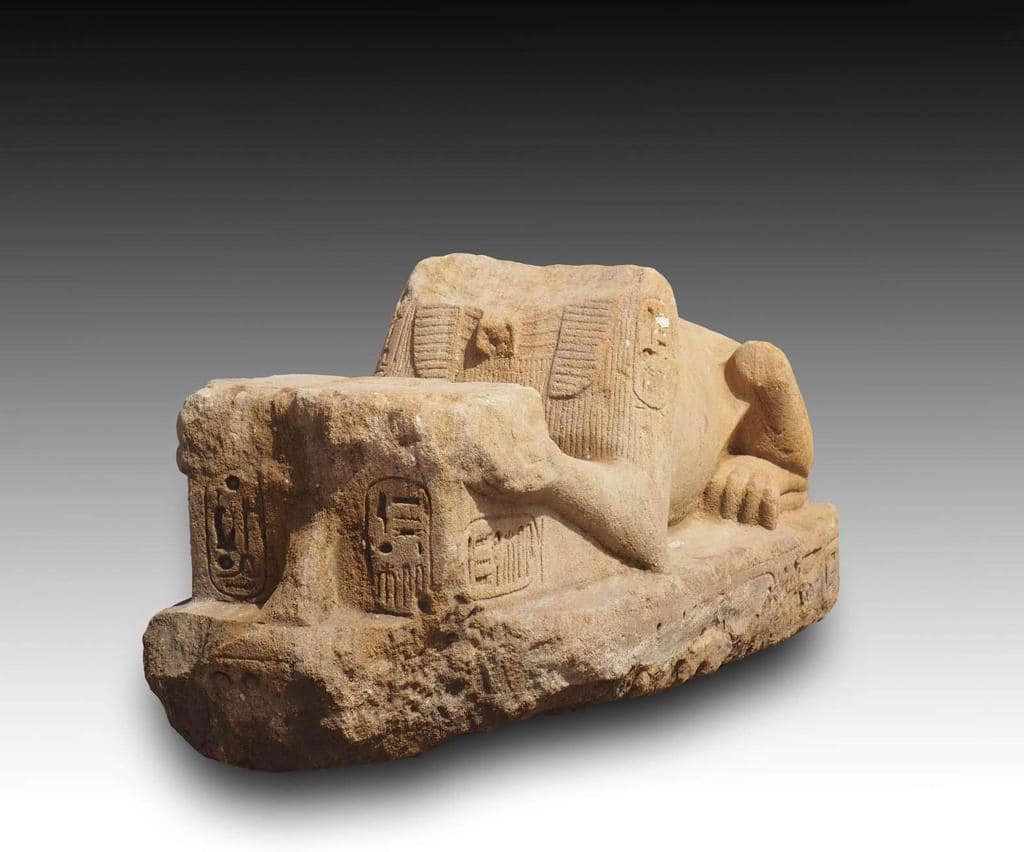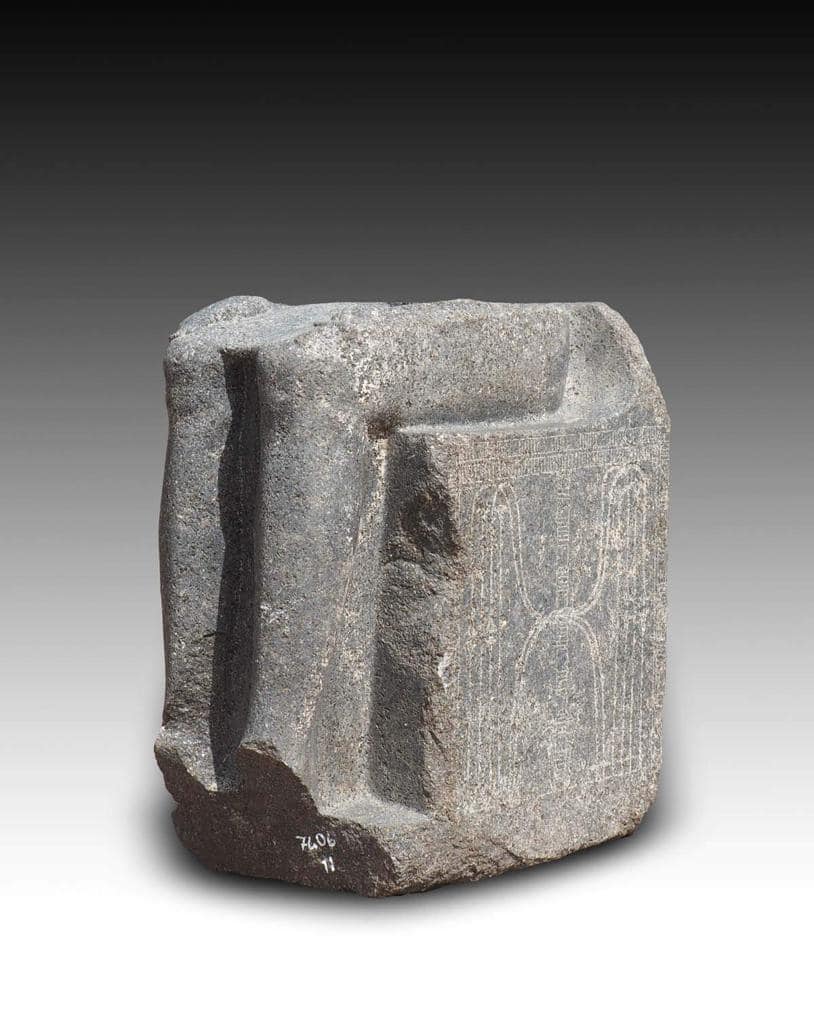CAIRO – 14 June 2022: The joint Egyptian-German archaeological mission working in Al-Matariya (Heliopolis) succeeded in discovering granite stone blocks from the era of King Khufu in the Temple of the Sun; as well as the foundations of the temple’s courtyard, which date back to the New Kingdom; and a number of statues and altars.
That came during the excavations on the western side of the open museum at the obelisk of King Senusret I in Al-Mataria.
Secretary General of the Supreme Council of Antiquities Mustafa Waziri stressed the importance of this discovery, as it is the first time that antiquities from the reign of King Khufu have been discovered in the Ain Shams region. The discovered stones may have been parts of an unknown building or may have been moved from the Giza pyramids area to be used as building materials in the Ramesside era, a period in which the use of stones from historically older buildings was common.




Ayman Ashmawy, head of the Egyptian Antiquities Sector at the Supreme Council of Antiquities and the Egyptian head of the mission, said that the mission also succeeded in revealing some evidence of the early existence of this area, as many archaeological layers were discovered dating back to the era of the Zero Dynasty (Naqada III period), as well as layers of pottery rubble, which indicate religious and ritual activity in the third millennium BC at the site.
Additionally, evidence for a large presence during the Third and Fourth Dynasties was found, where the mission uncovered a piece of granite belonging to King Pepi I (2280 BC) with a relief inscription of the falcon of Horus.
Ashmawy pointed out that the mission will continue its excavations to reveal more secrets, and added that the base of a statue of King Amasis II (Ahmose II) was also revealed, in addition to many altars from the Late Period on which sacrifices were made. Many parts of sphinx statues were uncovered, which is evidence of the royal presence in the temple. This is supported by many other finds from the reigns of a number of kings, including Amenemhat II, Senusret III, Amenemhat III, Amenemhat V, Thutmose III, Amenhotep II and III, Horemheb, Ramses II, and King Seti II.








Dietrich Rau, the German head of the mission, said that the mission also succeeded in discovering parts of the sarcophagi and altars from the eras of king Amenemhat IV, King Sobekhotep IV, King Ay, King Seti I, King Osorkon I, King Takelot I, and King Psamtik I, in addition to revealing a quartz carving model in the form of the Sphinx of King Amenhotep II and the base of a huge pink granite monkey statue of a baboon.
Comments
Leave a Comment